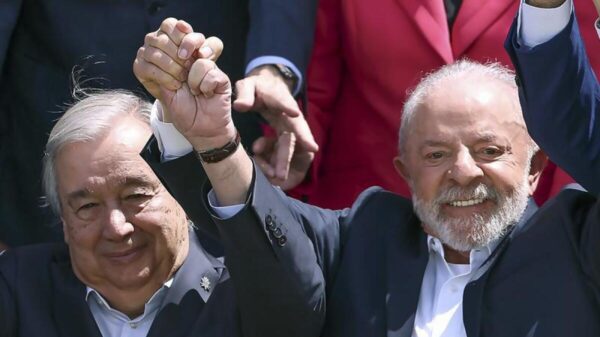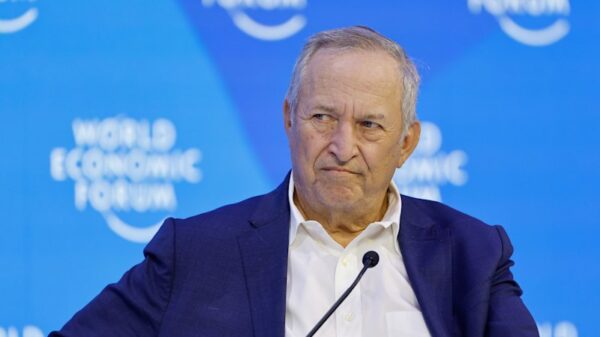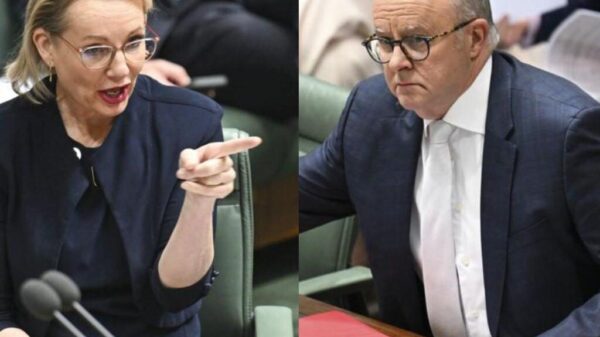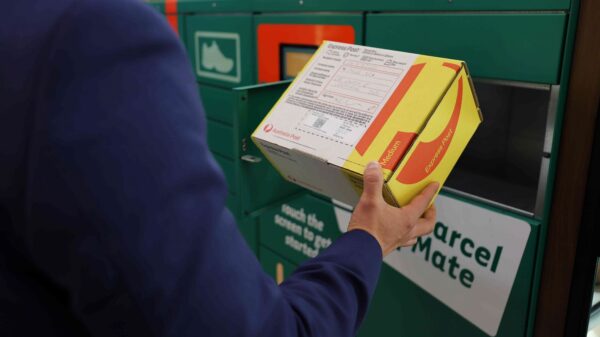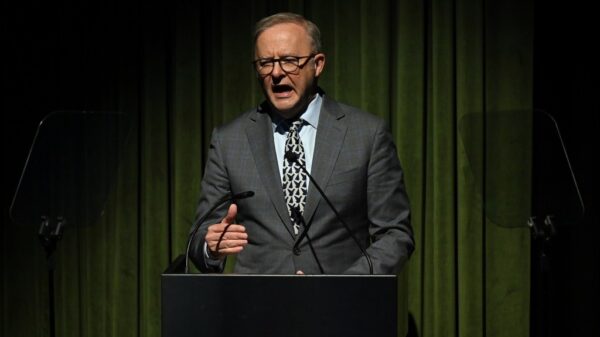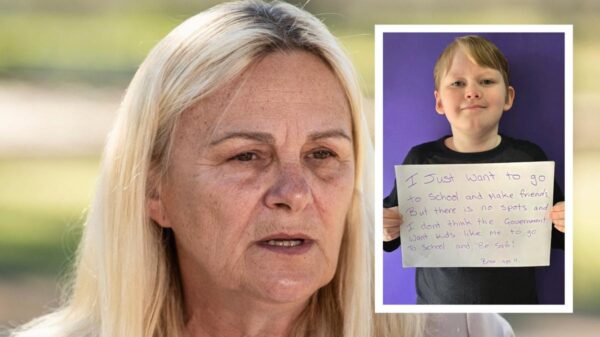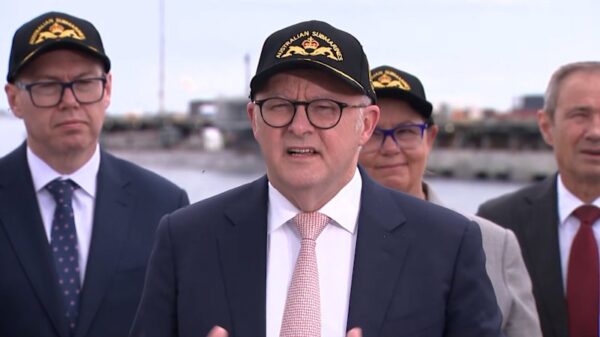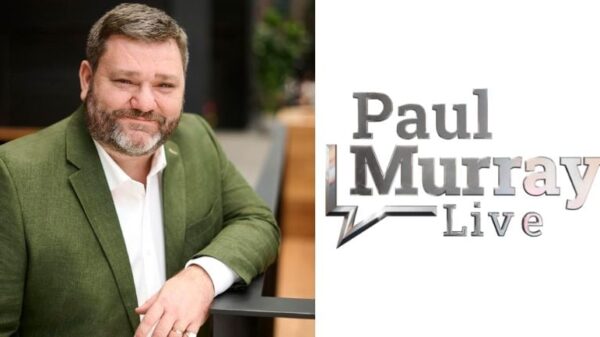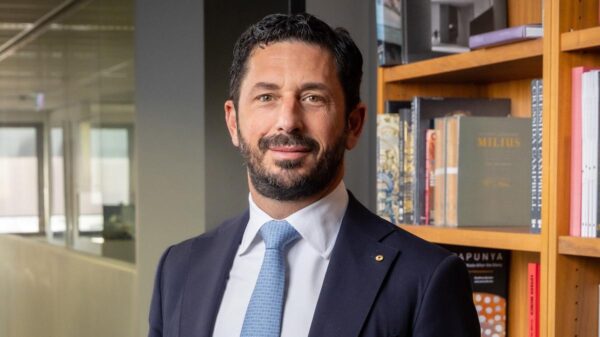US President Donald Trump announced plans to implement a new “world tariff” ranging from 15% to 20% on exports from countries that do not secure separate trade agreements with the United States. This proposal significantly exceeds the 10% tariff he imposed in April 2023. The administration intends to notify approximately 200 countries of these changes shortly.
During a press conference alongside UK Prime Minister Keir Starmer at his golf resort in Turnberry, Scotland, Trump stated, “I would say it’ll be somewhere in the 15 to 20 percent range. Probably one of those two numbers.” This move aligns with his objective to eliminate long-standing trade deficits by enforcing tariffs on nearly all trading partners. Notably, Trump has already announced tariffs as high as 50% on specific countries, including Brazil, set to take effect from August 4, 2023.
The announcement has prompted intense negotiations from various countries, including India, Pakistan, Canada, and Thailand, all seeking to negotiate lower tariffs. In a significant development, the US recently secured a substantial trade agreement with the European Union, which encompasses a 15% tariff on most EU goods, alongside a commitment of $600 billion in investments from European firms into the US and $750 billion in energy purchases over the next three years. This follows a $550 billion deal with Japan and smaller agreements with the United Kingdom, Indonesia, and Vietnam.
Negotiations with several nations are ongoing, particularly with India, but the prospects for reaching additional agreements before the impending deadline on August 4 have dimmed. Trump expressed a preference for straightforward tariff rates over complex negotiations, stating, “We’re going to be setting a tariff for essentially, the rest of the world. And that’s what they’re going to pay if they want to do business in the United States. Because you can’t sit down and make 200 deals.”
Canadian Prime Minister Mark Carney acknowledged that trade talks with the US are at a critical phase. He indicated that Canada hopes to negotiate a tariff rate lower than the 35% announced by Trump for certain Canadian imports. Canada, which exports 75% of its goods to the United States, may need to accept some tariff increases.
In parallel, US and Chinese economic officials convened in Stockholm for over five hours on August 1, 2023, to address longstanding economic disputes. The discussions aimed to extend a truce on tariffs for an additional three months. US Treasury Chief Scott Bessent participated in the negotiations, which included China’s Vice Premier He Lifeng. China faces a significant deadline of August 12 to reach a durable tariff agreement with the US, following preliminary deals in May and June designed to alleviate escalating trade tensions.
Trump remarked during his press conference, “I’d love to see China open up their country.” Without a resolution, global supply chains could face renewed challenges, potentially leading to tariffs reverting to triple-digit levels, which would amount to a de facto trade embargo. Trade analysts anticipate that a further extension of the tariff and export control truce established in mid-May between the US and China is probable.
The evolving landscape of international trade continues to develop as countries navigate the implications of these potential tariffs and seek to establish favorable agreements with the United States.







